In the ongoing saga of the US-China trade war, a new front has opened in the courtroom. A group of US businesses, represented by the Liberty Justice Center, has filed a lawsuit arguing that President Donald Trump’s tariffs are illegal under the International Emergency Economic Powers Act (IEEPA). This legal challenge is the latest in a series of attempts to curb the president’s expansive use of tariffs, which have roiled global markets and strained US-China relations. The suit, filed in the US Court of International Trade, highlights the constitutional and legal questions surrounding the president’s authority to impose tariffs and the broader implications for the separation of powers.
The Legal Basis of the Challenge
The IEEPA grants the president the authority to impose emergency economic measures in response to an “unusual and extraordinary threat” to national security or the economy. However, the plaintiffs in this case argue that the criteria for such an emergency have not been met. They contend that the tariffs imposed by President Trump do not constitute a legitimate response to a national security threat and that the law does not permit the president to unilaterally impose tariffs without congressional approval.
Jeffrey Schwab, senior counsel at the Liberty Justice Center, emphasized the constitutional concerns in a statement: “No one person should have the power to impose taxes that have such vast global economic consequences. The Constitution gives the power to set tax rates—including tariffs—to Congress, not the President.” This argument hinges on the principle of separation of powers, which the plaintiffs argue has been violated by the unilateral imposition of tariffs.
The White House Response
The White House has defended the tariffs as a necessary response to what it perceives as a national emergency. Spokesperson Harrison Fields stated that trade deficits with other countries, particularly China, constitute a “national emergency.” According to Fields, President Trump is “standing up for Main Street by putting an end to our trading partners—especially China—exploiting the US.” The administration argues that the tariffs are part of a broader plan to level the playing field for American businesses and workers.
Previous Legal Challenges
This is not the first time that Trump’s tariffs have faced legal scrutiny. On April 3, the New Civil Liberties Alliance (NCLA) filed a complaint in the US District Court for the Northern District of Florida, arguing that the IEEPA does not authorize the president to enact tariffs. The suit was filed on behalf of Simplified, a Florida-based company that sells planners with materials imported from China. Andrew Morris, senior litigation counsel at the NCLA, stated: “By invoking emergency power to impose an across-the-board tariff on imports from China that the statute does not authorize, President Trump has misused that power, usurped Congress’s right to control tariffs, and upset the Constitution’s separation of powers.”
The Broader Implications
The legal challenges to Trump’s tariffs raise fundamental questions about the balance of power between the executive and legislative branches. The Constitution grants Congress the authority to set tax rates, including tariffs, but the IEEPA has been interpreted by some presidents as a means to bypass this requirement in times of national emergency. The current lawsuits argue that the tariffs do not meet the criteria for such an emergency and that the president’s actions have overstepped constitutional boundaries.
The outcome of these legal battles could have far-reaching implications for future presidential actions and the scope of executive authority. If the courts rule in favor of the plaintiffs, it could limit the president’s ability to impose tariffs unilaterally and reinforce the principle of separation of powers. Conversely, if the courts uphold the tariffs, it could set a precedent for future presidents to take similar actions without congressional approval.
The Economic and Political Landscape
The tariffs have already had significant economic and political consequences. The trade war has disrupted global supply chains, increased costs for businesses, and led to retaliatory measures from trading partners. The uncertainty surrounding the tariffs has also affected consumer confidence and investment decisions.
From a political standpoint, the tariffs have been a contentious issue both domestically and internationally. While some supporters argue that the tariffs are necessary to protect American jobs and industries, critics contend that they have led to higher prices for consumers and retaliatory tariffs that harm US exports. The legal challenges add another layer of complexity to the debate, highlighting the potential constitutional and legal ramifications of the president’s actions.
The Future of Presidential Authority and Trade Policy
The lawsuits challenging Trump’s tariffs underscore the ongoing debate over the appropriate use of executive power in matters of trade and national security. As the legal battles unfold, they will likely have significant implications for the future of US trade policy and the balance of power between the executive and legislative branches.
The courts will play a crucial role in determining whether the tariffs imposed under the IEEPA are constitutionally permissible. Their decisions could set important precedents for future presidential actions and the scope of executive authority. In the meantime, the trade war continues to affect businesses, consumers, and the global economy, highlighting the need for a comprehensive and balanced approach to trade policy.
As the US navigates this period of economic and political uncertainty, the principles of constitutional governance and the rule of law will remain central to the debate. The outcome of the legal challenges to Trump’s tariffs will not only determine the fate of the current trade war but also shape the future of presidential authority and the separation of powers in the United States.

By Daniel Scott/Apr 21, 2025

By Laura Wilson/Apr 21, 2025

By Christopher Harris/Apr 21, 2025
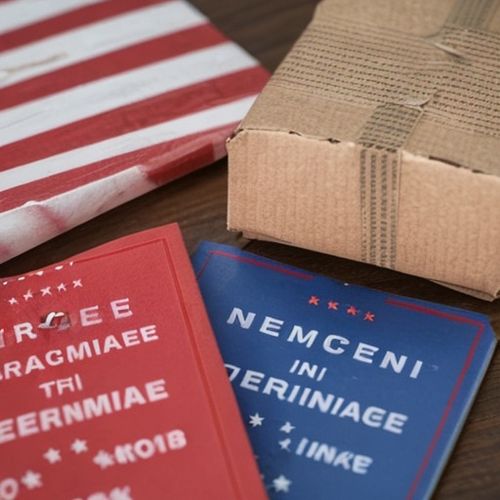
By Emma Thompson/Apr 21, 2025
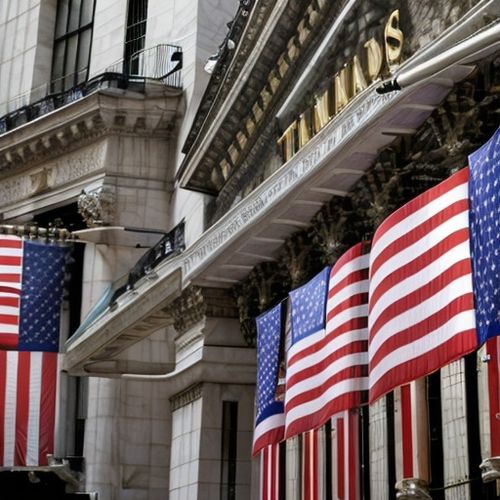
By Michael Brown/Apr 21, 2025
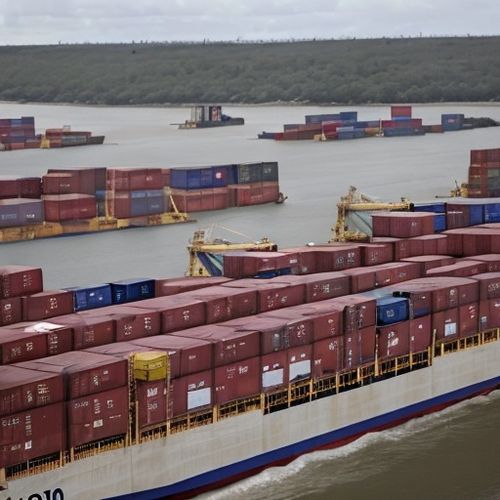
By Samuel Cooper/Apr 21, 2025
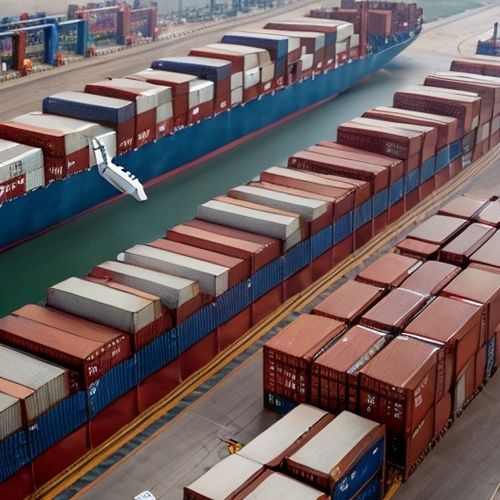
By Lily Simpson/Apr 21, 2025

By Megan Clark/Apr 21, 2025
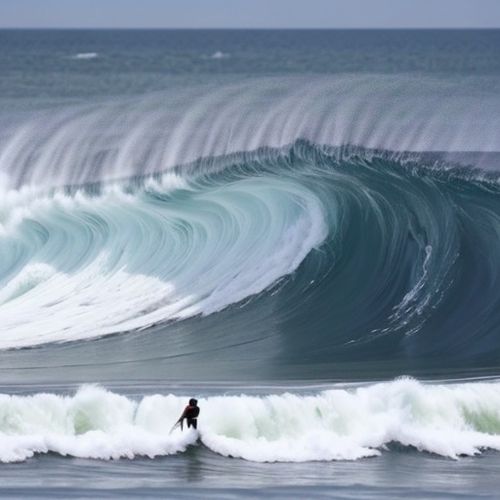
By Elizabeth Taylor/Apr 21, 2025
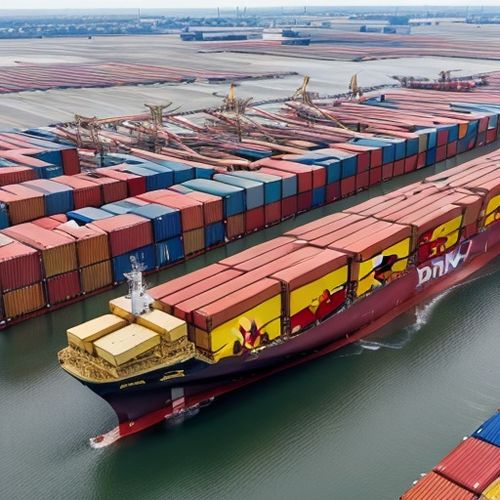
By Noah Bell/Apr 21, 2025
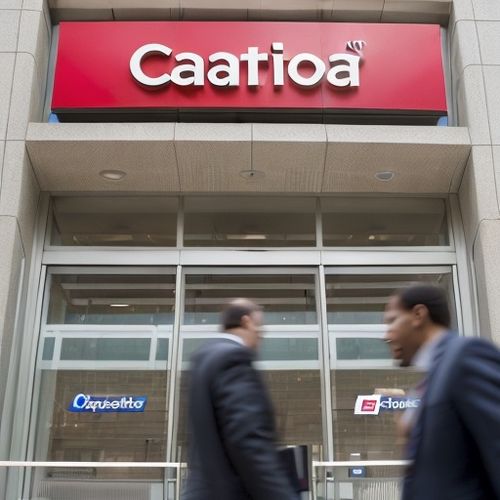
By William Miller/Apr 21, 2025
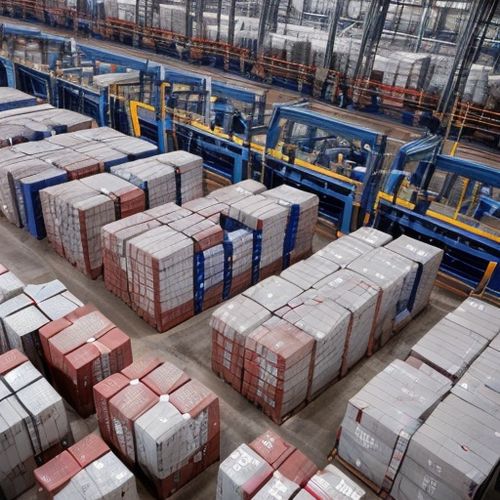
By Michael Brown/Apr 21, 2025
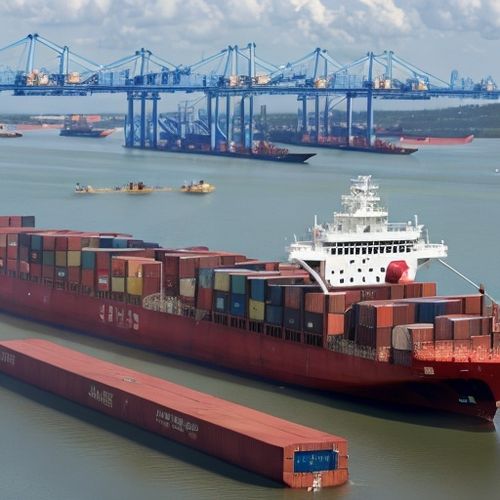
By Emily Johnson/Apr 21, 2025

By Natalie Campbell/Apr 21, 2025

By Grace Cox/Apr 21, 2025
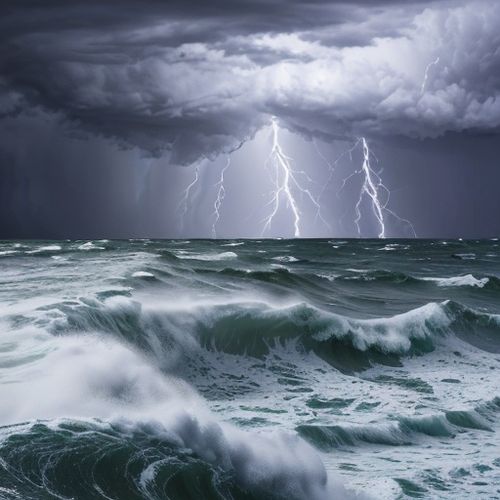
By Lily Simpson/Apr 21, 2025
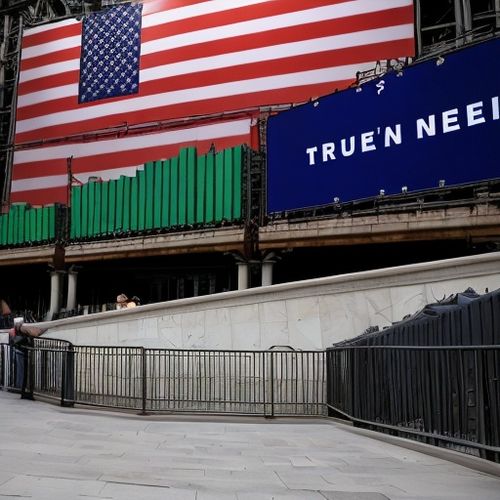
By Noah Bell/Apr 21, 2025
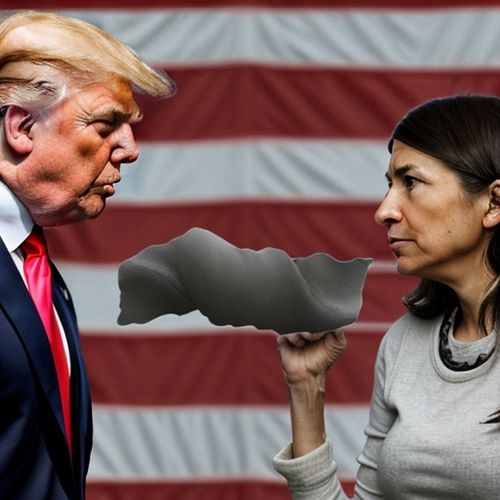
By Lily Simpson/Apr 21, 2025

By James Moore/Apr 21, 2025

By Daniel Scott/Apr 21, 2025